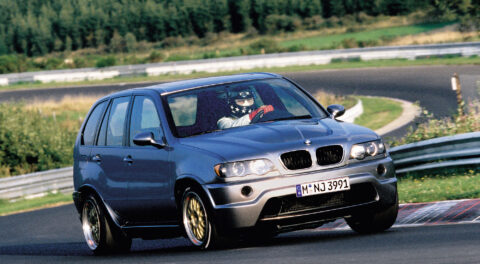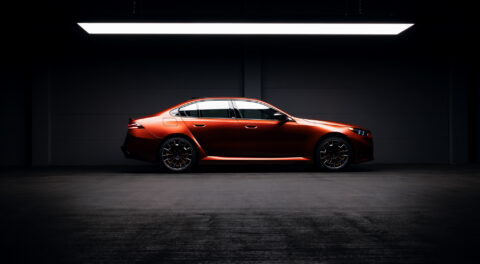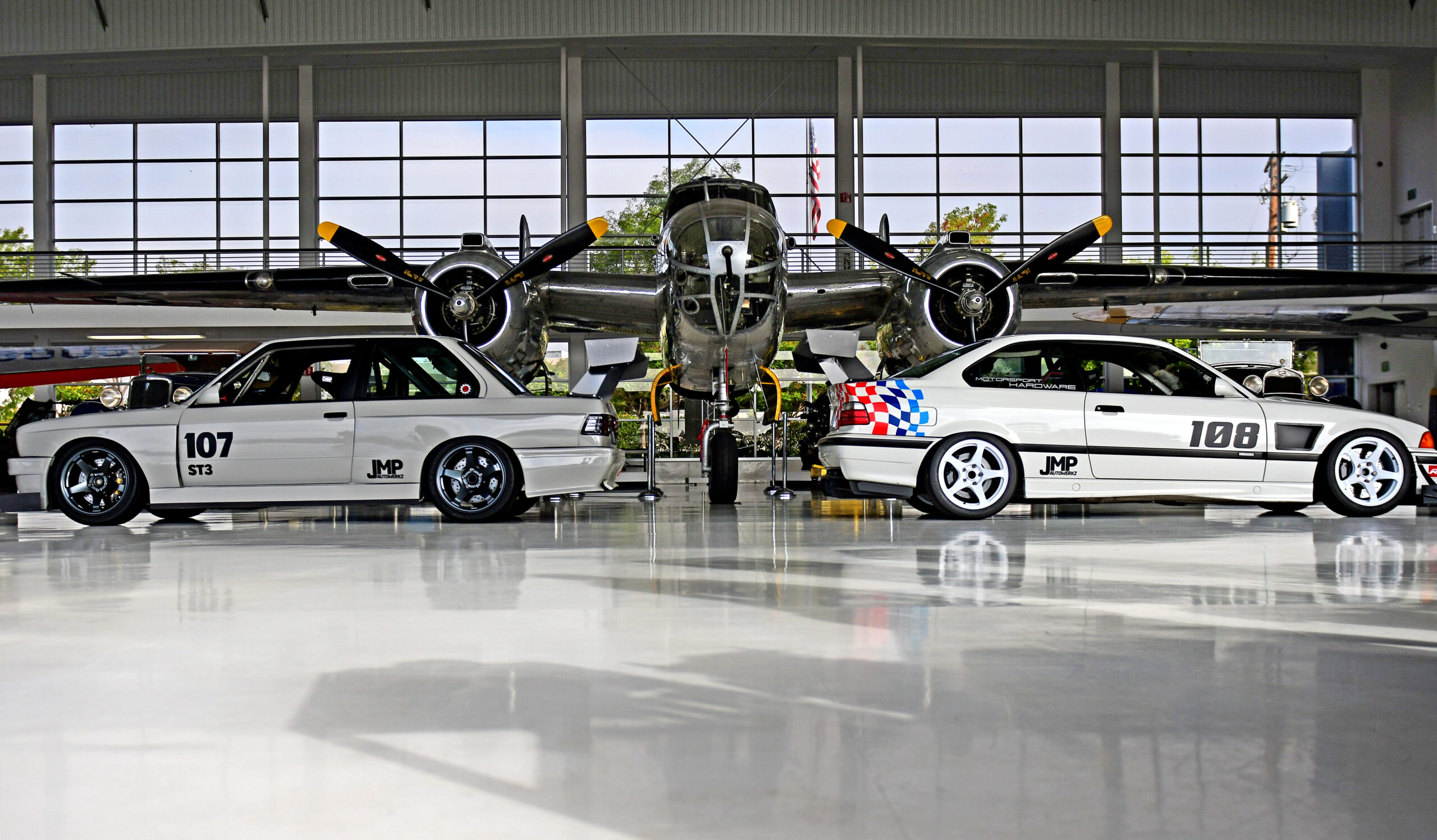50 years ago, BMW and Alfa Romeo were helping to invent the sport sedan segment. Today they’re both still at it, Alfa Romeo having stuck with the Giulia name, and BMW now offering the seventh generation of the 3 Series, which followed up on the success of the 2002 starting in the late 1970s. But even with the passing of decades and the adoption of countless pieces of legislation and development of world-changing technology, if you’re looking for something that’s fun to drive yet still capable of doing it all, the two brands still offer very precise, yet differing antidotes to the age-old affliction.
We’ve long known the G20 3 Series to be an excellent car and a serious improvement over the F30 it replaced, but that doesn’t mean we can simply rule out the competition. Indeed, cars like the Audi A4 and Mercedes-Benz C-Class are always worthy of research and consideration, if at the very least to simply compare mechanicals, performance, pricing, and tech. The Alfa Romeo Giulia is the upstart of the bunch though, having not been available here for decades. The current generation arrived for the 2016 model year, while the first model year of the G20 3 Series is 2019.

Keeping with consistency, Car and Driver pitted a 2019 BMW 330i optioned with track handling package, M-Sport, and a few other items for an MSRP a hair under $60,000 against an Alfa Romeo Giulia TI Sport, which uses a 2.0-liter turbocharged four-liter developing 280 horsepower at 5,200 rpm and 306 pound-feet of torque from 2,000 to 4,800 and an MSRP of just over $52,000. The B48 four in the 330i makes 255 horsepower from 5,000 to 6,500 rpm and 295 pound-feet of torque from 1,550 to 4,400—BMW has a more powerful version of the B48, found in cars like the M235i Gran Coupé and X2 M35i among others, where it serves as the top level powertrain, but this engine is not available in the G20 3 Series.
Both cars use a version of ZF’s eight-speed automatic transmission, but according to the road test, the driving experience between the two modern sport sedan competitors couldn’t be more different. In terms of performance, results also came in mixed, with the Giulia accelerating two 60 mph a half-second faster than the 330i at 4.6 compared to 5.1. The 330i is only about 60 pounds heavier than the Giulia TI, so it might have something to do with gearing—the 330i achieved just two MPG more than the Giulia during testing, returning 24 mpg as opposed to 22 overall, but the highway is where the 330i really shines. As we noted earlier this year, the rear-drive 330i with M-Sport and track handling package achieved an incredible 42 mpg during Car and Driver’s 75-mph fuel-economy test. This kind of efficiency yields the 330i a highway range of 650 miles, 170 more than the Giulia.
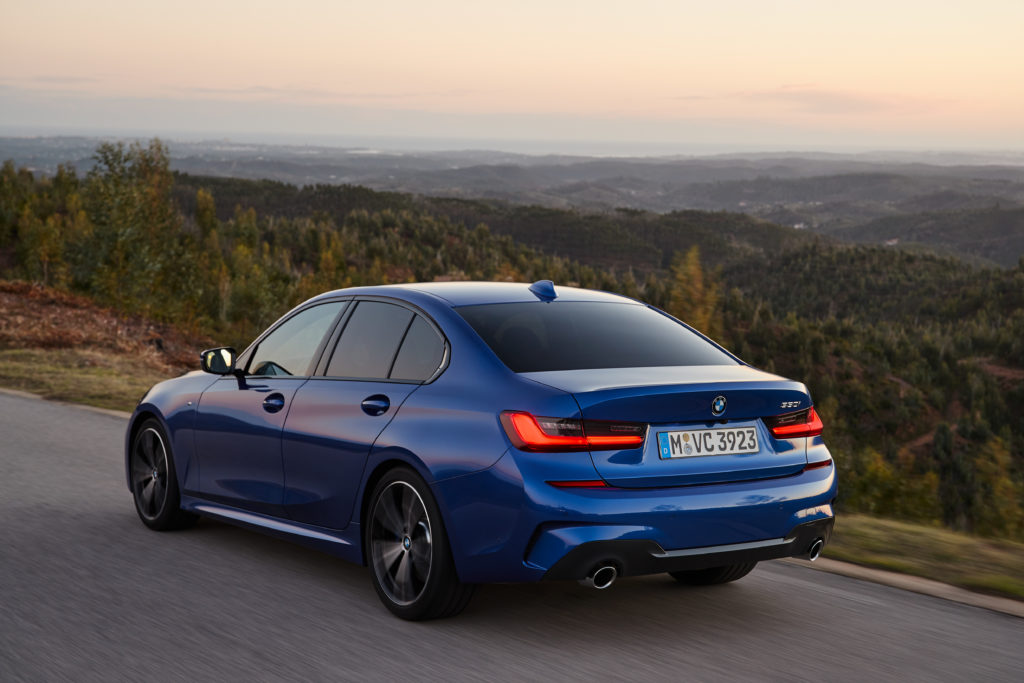
According to the firsthand account, giving things a proper shakedown through the corners of a beloved road is what separates the two cars. Although the G20 3 Series is still a ways off from recapturing the classic BMW steering feel many of us has been enamored with for decades now, the BMW still shines where it matters. While the Alfa feels, “a little out of shape,” the BMW hunkers down and devours curves as if it was designed to do so. You can dive into the rest of the details in the full road test or comparison, but one other important metric that bears mentioning is road-holding—the Giulia pulled 0.93 g on the skidpad, while the 330i managed 0.99.
Inside the divergence continues, with the interior of the 330i, which is, admittedly, a generation newer than that of the Giualia, described as being a class above. BMW’s newest suite of tech is on full display in a G20 optioned like this, with Live Cockpit Professional and iDrive Operating System 7.0 at the driver’s fingertips. The Giulia was given a mid-cycle refresh (LCI in BMW speak) for the 2020 model year, but the example compared here was a 2019 model year, just like the 330i. Trunk space is another win for the 330i, and a very important one when it comes to the practicality of a sport sedan; the Alfa Romeo offers thirteen cubic-feet, which is more in the league of the new BMW 2 Series Gran Coupé, which has twelve cubic-feet, the same as the E90 3 Series sedan. The G20 330i, on the other hand, has trunk volume of 17 cubic-feet, and does so while offering a slightly larger and more comfortable (especially for those around the six-foot mark) rear seat.
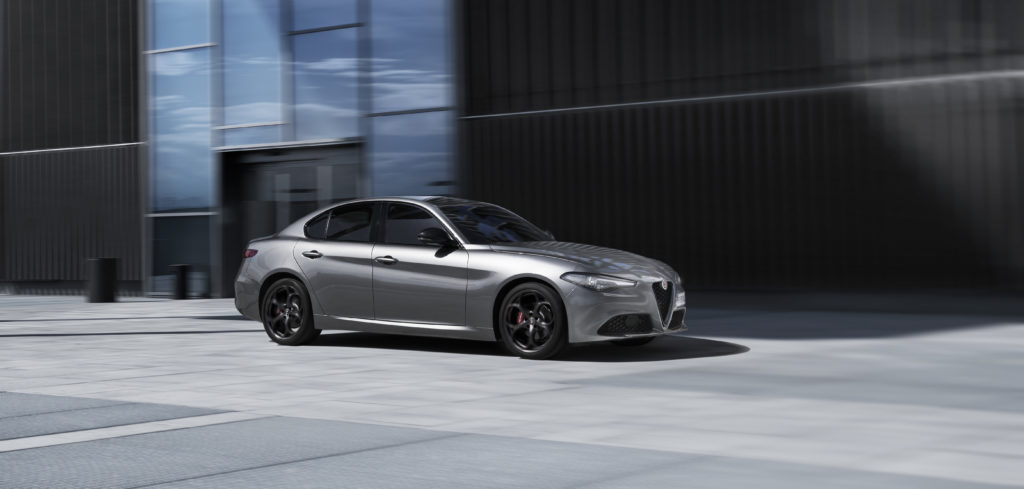
You’ll have to check out Car and Driver‘s article here if you’re interested in the final conclusion, and details on how either one is still a good choice to fulfill David E. Davis’ original praise of the BMW 2002 from 1968, but you probably have a pretty good idea of who comes out the winner.
Whether you choose the vivacious Italian or the focused and astute German, you really can’t go wrong in a world where the idea of four doors and a spacious trunk offering something in the way of utility is a lost concept on the crossover SUV generation. Add that kind of functionality with a driving experience that makes you excited to get behind the wheel, and you have a good idea as to why some of us have insisted on it for so long.—Alex Tock
[Photos courtesy BMW AG, Fiat Chrysler Automobiles N.V.]




